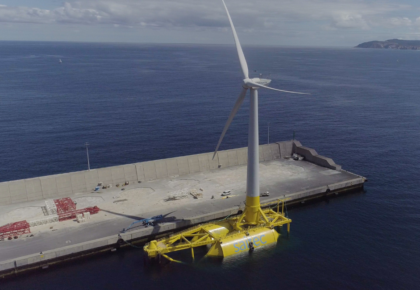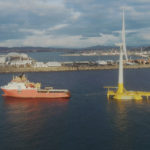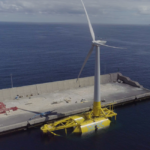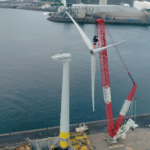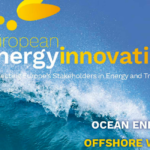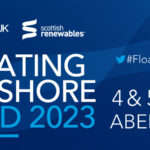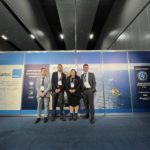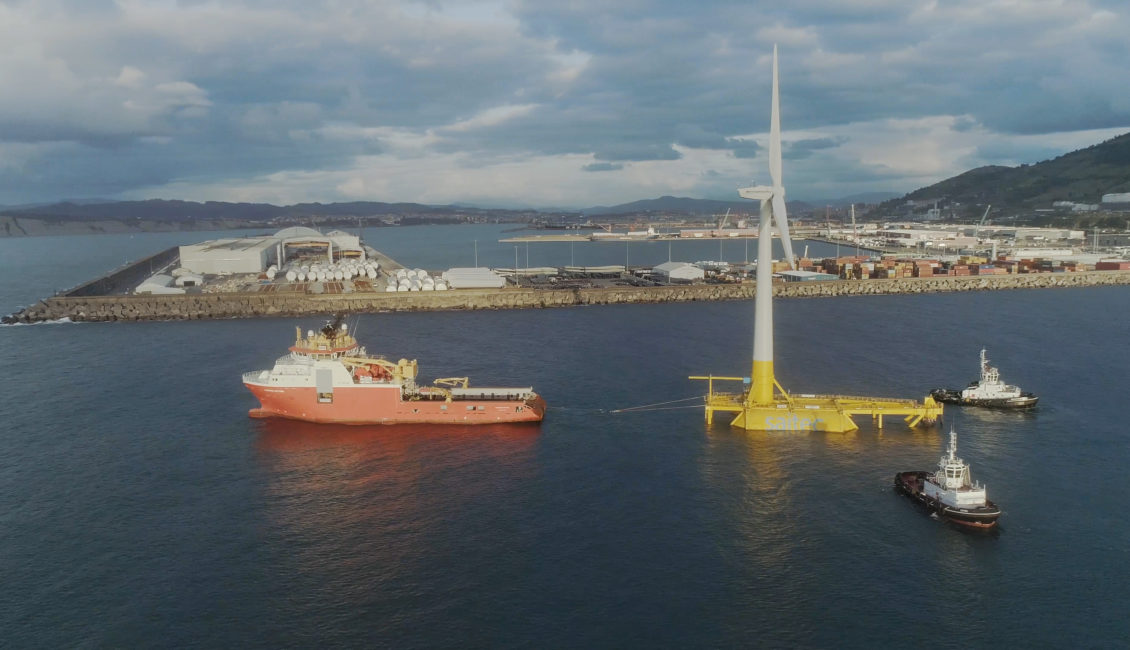
The DemoSATH project reached a significant milestone by successfully deploying its 2MW innovative floating wind platform in open sea waters. This achievement was made possible through a collaboration with the Windstaller Alliance, utilizing their anchor handling vessel, the Normand Sapphire, and local tugboats to transport DemoSATH from the Port of Bilbao to the BiMEP test site, located 11 miles away in the Cantabrian Sea.
At the BiMEP site, positioned at a depth of 85 meters, the hook-up operation involved connecting six pre-laid mooring lines to the structure’s single-point mooring turret. Ongoing work in the BiMEP area focuses on finalizing the connection of dynamic and static cables to enable energy export to the onshore electrical grid. DemoSATH is anticipated to produce sufficient electricity to meet the annual needs of 2,000 Spanish households.
During the 2-year operational period at the BiMEP site, the SATH technology for floating offshore wind developed by Saitec Offshore Technologies will be tested, and the tasks related to its operation and maintenance requirements will be analyzed. The project also aims to gain deeper insights into the metocean challenges in open sea, particularly in the harsh conditions of the Cantabrian Sea. Additionally, the collection of data will provide valuable knowledge regarding the coexistence of the platform with the environment and other maritime activities.
The DemoSATH project benefits from the combination of Saitec Offshore Technologies engineering design skills, RWE’s expertise in the offshore wind industry and the vast experience brought by Kansai Electric Power (KEPCO) who joined the project earlier this year. In addition, the capabilities of multiple other companies involved and the institutional support from the Spanish Centre for the Development of Industrial Technology (CDTI) and the Basque Government institutions EVE and SPRI has ensured the success of the project.
With the installation of the unit now complete, the DemoSATH project will enter a period of commissioning, which will be followed by the operational phase when electricity generation will commence. The floating wind platform has been designed and equipped to harness the power of the wind in deep coastal waters and convert it into clean, renewable energy. This pioneering technology holds immense promise for reducing carbon emissions and contributing to the renewable energy goals of Spain and other countries around the world.


